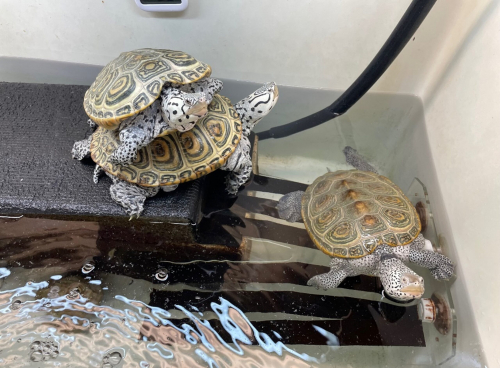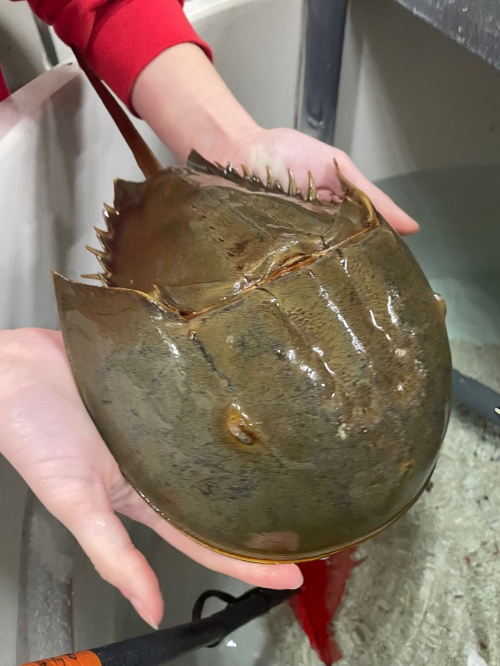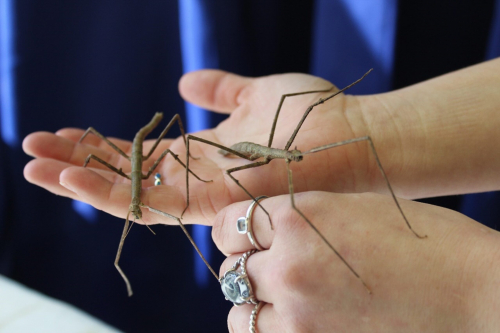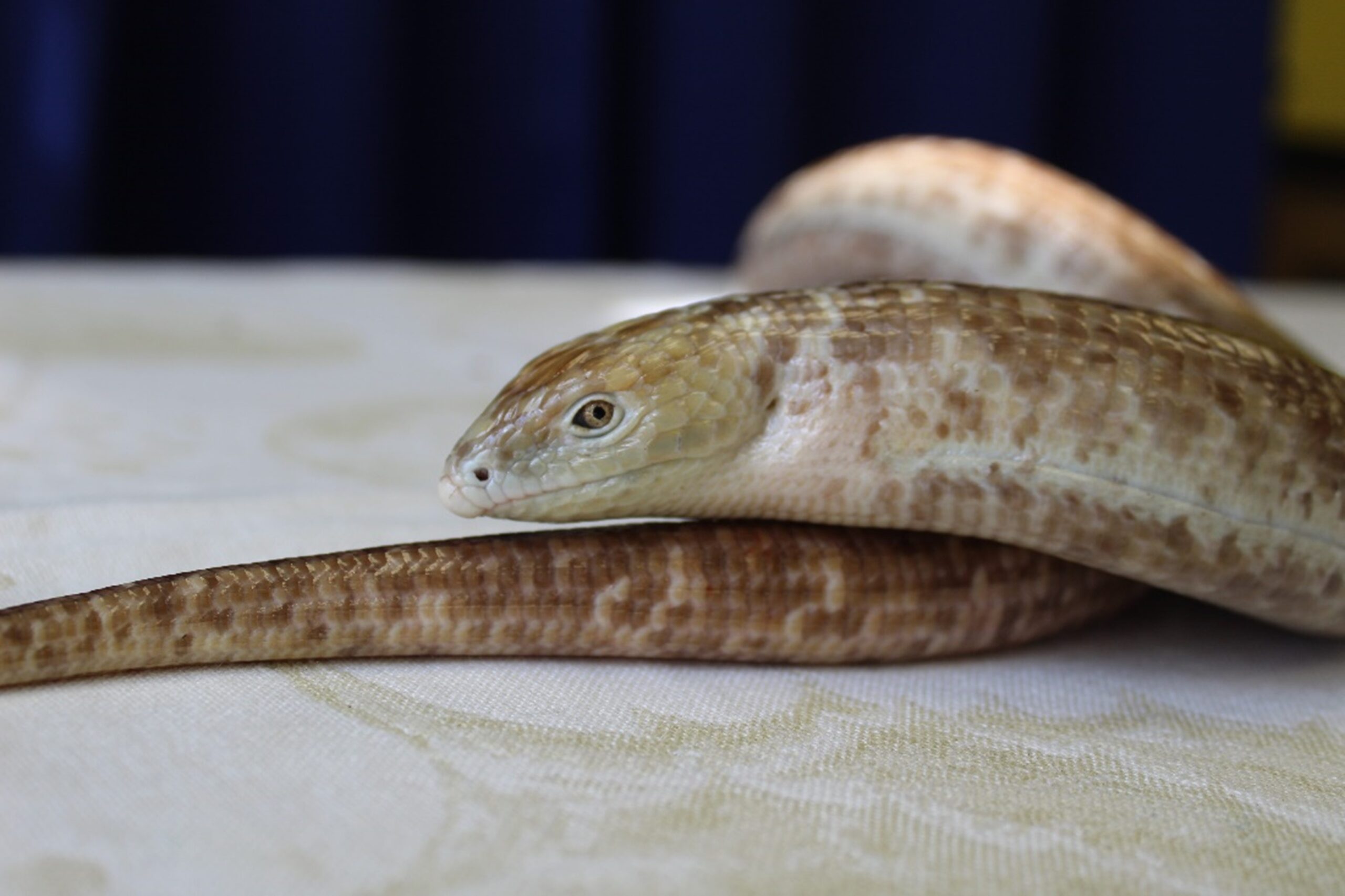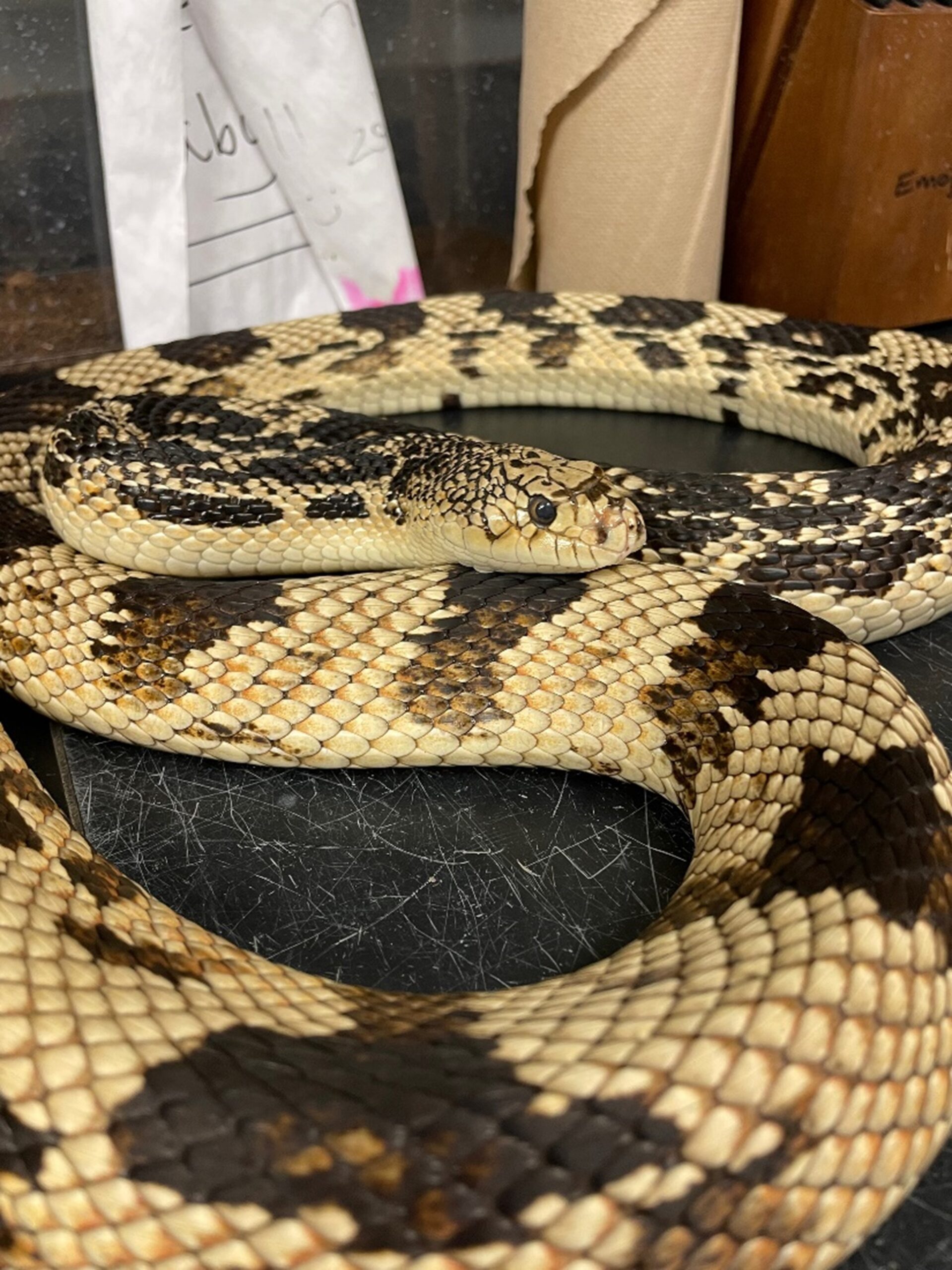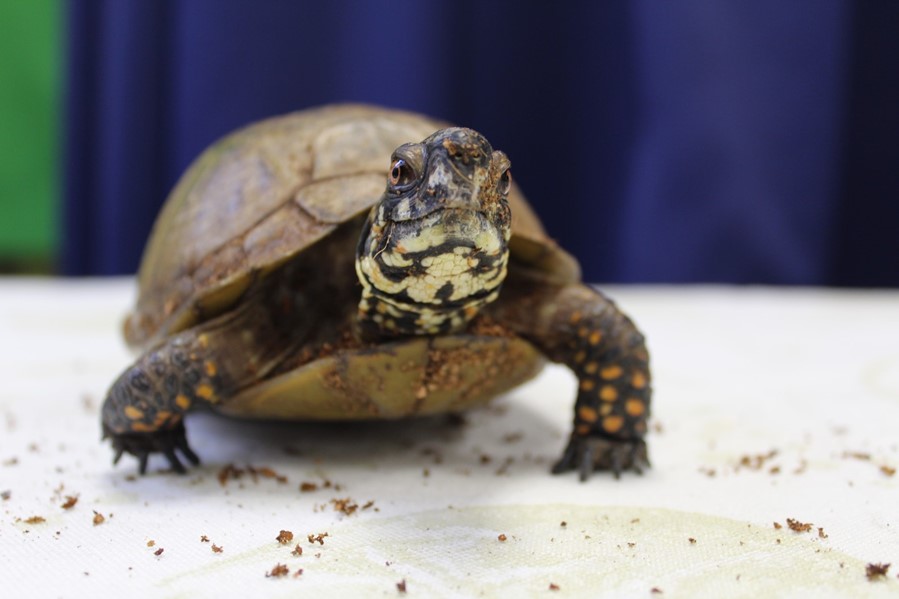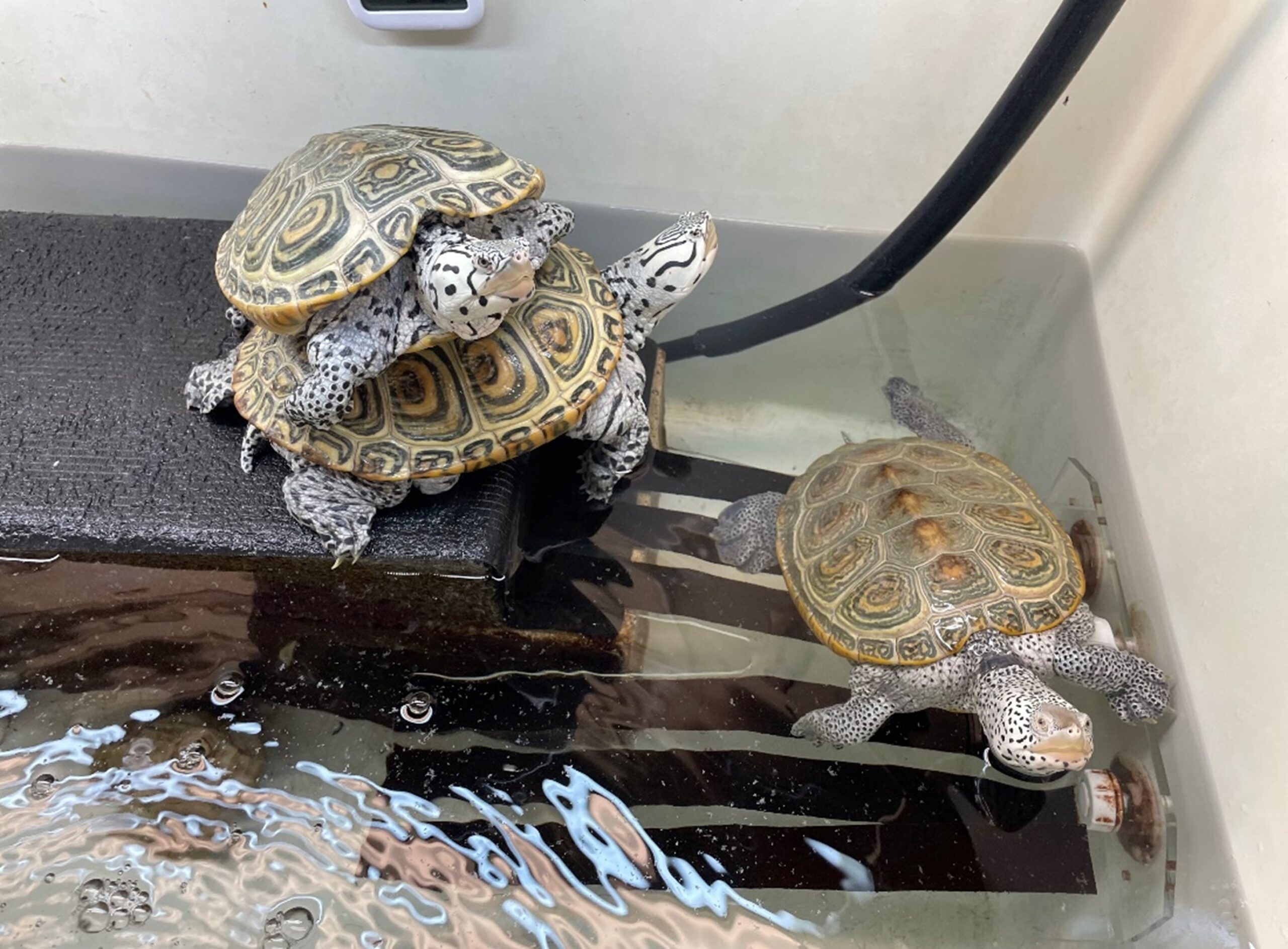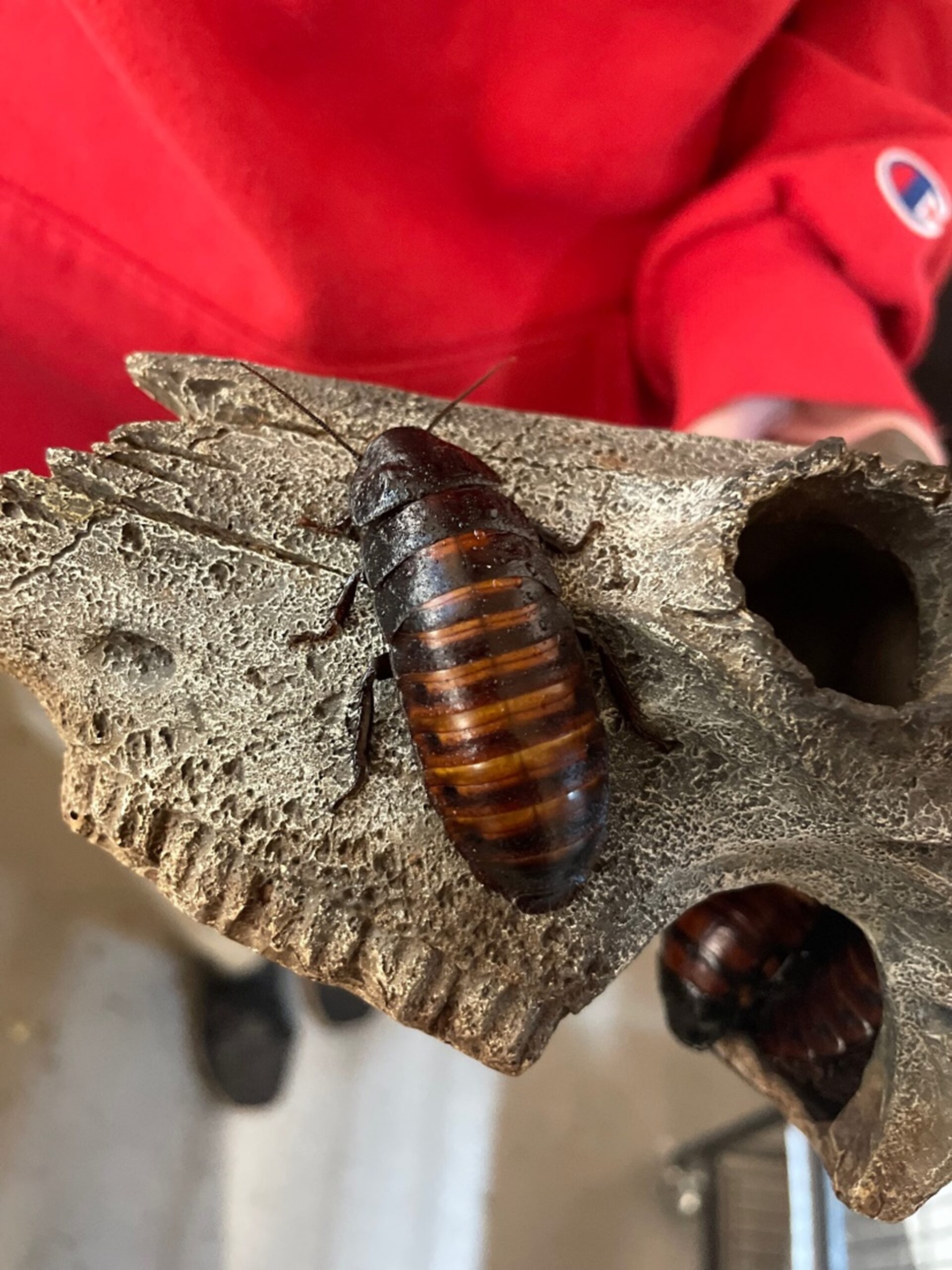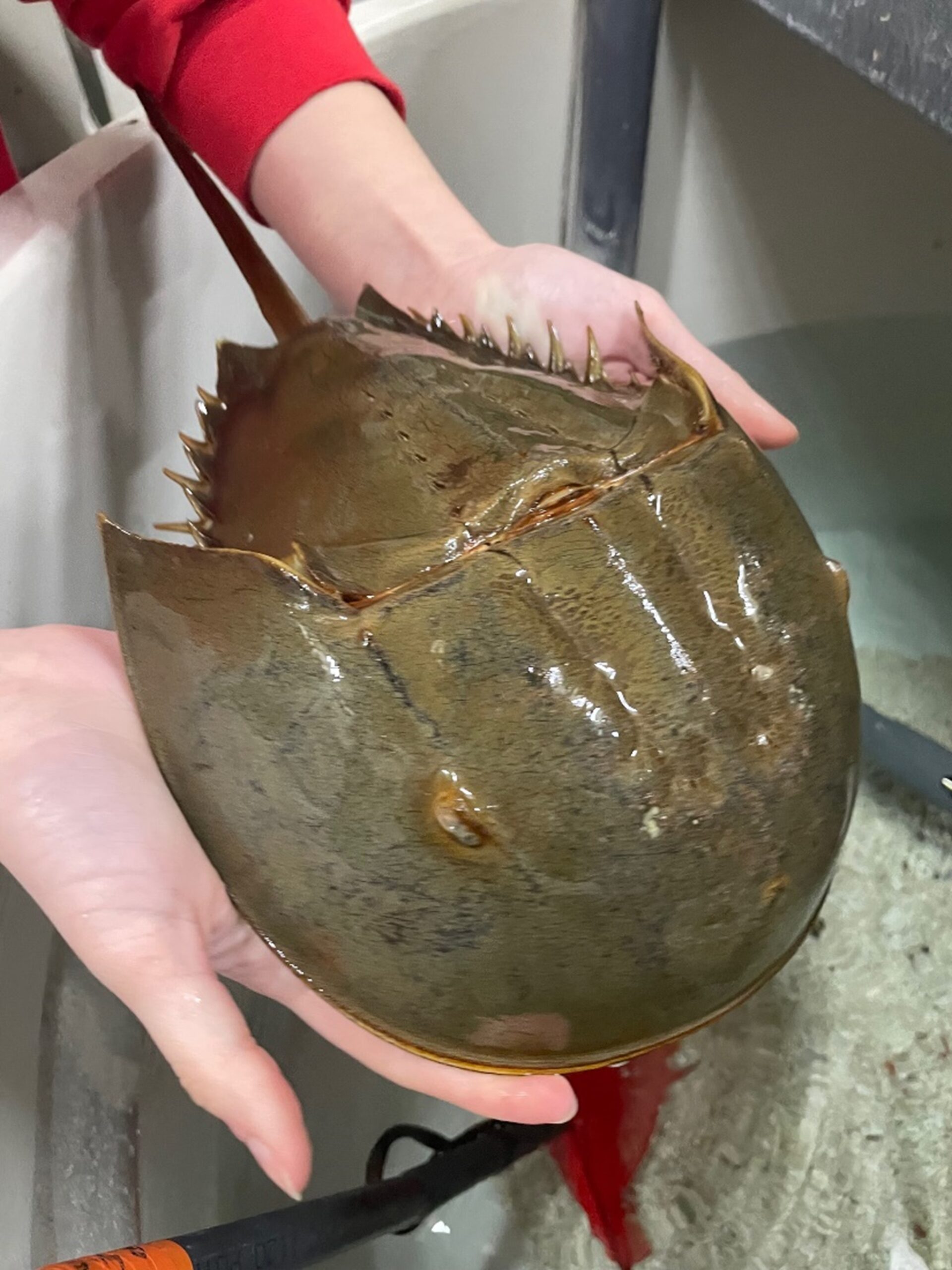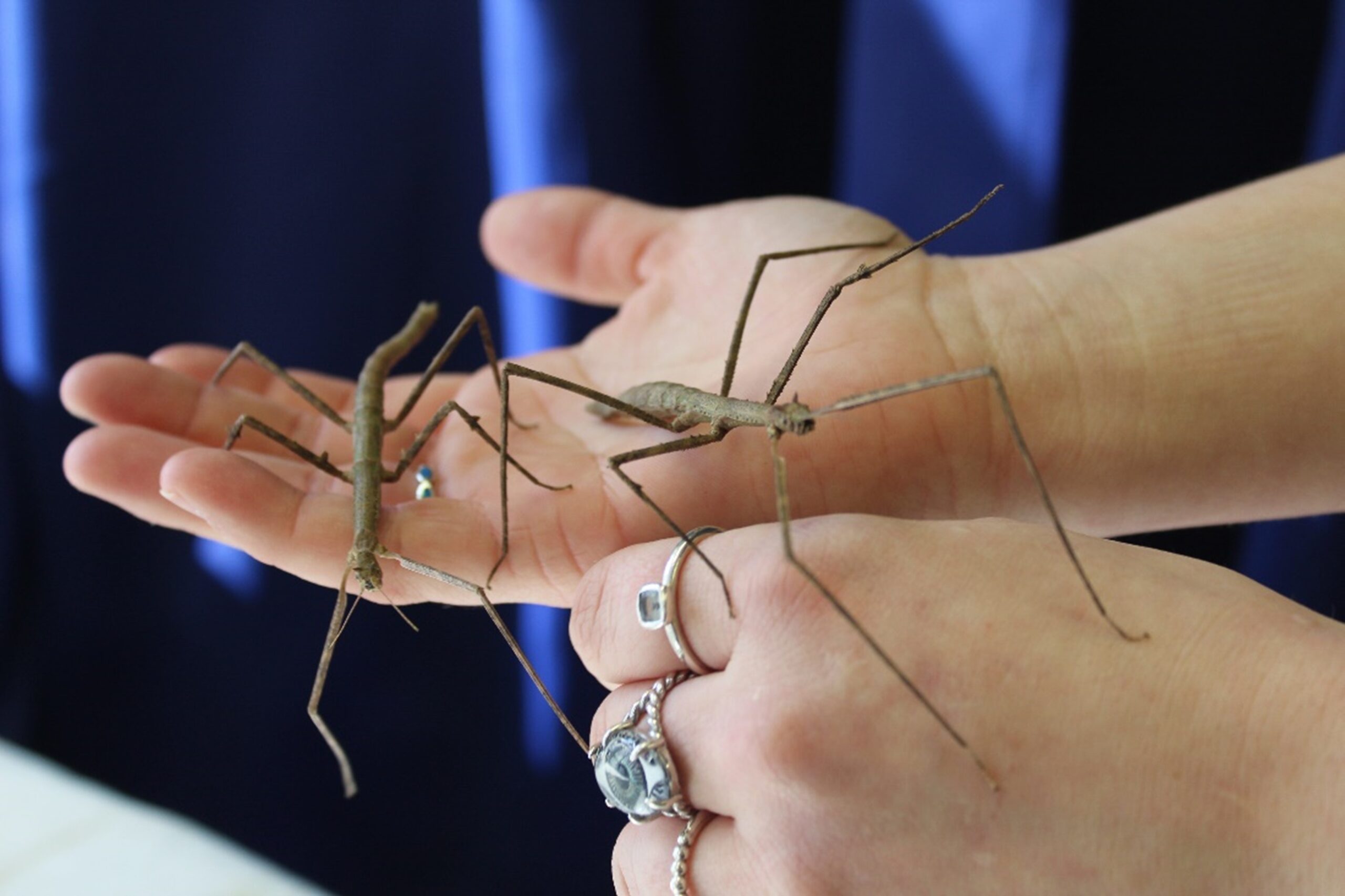Our Animals
-
Monty
Ball Python (Python regius) Monty is a nonvenomous constrictor, and can grow up to 182 cm (72in)
-
Plexi
European Glass Legless Lizard (Pseudopus apodus) Plexi can reach a length up to 4 ½ feet, they are easily distinguished from a snake by it’s ears, eyelids and ventral scales.
-
Needles
Northern Pine Snake (Pituophis melanoleucus) Needles can grow up to 49-90 in. Needles is another non-venomous snake that is native to south jersey! -
Tec
Sudan Plated Lizard (Broadleysaurus major) Tec is an omnivore. Primarily eating insects and occasionally fruits, vegetables and small vertebrates. Plated lizards are very docile and tame quickly. -
Ingles
Eastern Box Turtle (Terrapene c. carolina) Turtles like Ingles have a high dome shaped shell and hinged plastron that allows their shells to completely close. The eating habits of box turtles totally depend on their environmental factors. -
Natasha
Natasha, Russian Tortoise (Testudo horsfieldii) Russian tortoises are a smaller species ranging from 5-10 inches. Natasha is a herbivore, tortoises like her are very popular as pets -
Angie, Tina and Jackie
Diamond Back Terrapins (Malaclemys terrapin) The name diamond back refers to the diamond patterns on its shell. All diamond backs have patterns on their body and neck that are unique to each terrapin. -
Hissing Cockroaches
Hissing Cockroaches (Gromphadorhina portentosa) Hissing cockroaches, unlike other cockroaches, are wingless. Hissing Cockroaches also can reproduce asexually. Males and females can be distinguished by males having a hairier, thicker antennae at their very pronounced horns. -
Horseshoe Crabs
Horseshoe Crabs (Lumidae) Despite their name the Horseshoe Crab is more closely related to spider than crustaceans. Horseshoe crabs primarily live around shallow coastal waters. -
Sea Stars
Sea Stars (Asteroidea) are marine invertebrates and have the ability to regenerate lost arms, some can regrow a complete new disc from a single arm. -
Stick Bugs
Stick Bugs (Phasmatodea) Stick bugs are naturally camouflaged from most predators but some species have a secondary defense such as spines or toxic secretions.
Banggai Cardinalfish
The Bangai cardinalfish has a fascinating story. Unlike most marine fish, this species produces a very small number of eggs, which the males incubate in their mouths. After hatching, the embryos remain in the parent's mouth until they complete their development.
This unique species is found only in a very limited area of Indonesia. They are beautiful fish, very popular with collectors, and their small population is being over-exploited.
Thanks to grants from the National Geographic Society and the American Zoo and Aquarium Association (AZA), the Center's Director of Science and Conservation Dr. Alejandro A. Vagelli has traveled to Indonesia six times in the past ten years to study the Banggai, evaluate their population, and begin to establish a conservation program. He has devleoped techniques for breeding this delicate species and has published numerous scientific papers on their biology and ecology. Click here to learn more.
As a direct result of Dr. Vagelli's work, the Banggai cardinalfish has been assessed as endangered by the IUCN (the World Conservation Union) and included on their Red List. Click here to learn more.
Scientists are working with the marine aquarium trade to help curtail the impact that this industry has had on the decimation of the Banggai cardinalfish population. Learn more about Dr. Vagelli's collaborations with other experts in the field to educate aquarium hobbyists and work toward viable solutions. View Marine Ornamentals Abstract PDF File and View MACNA 08 Presentation PDF file.






